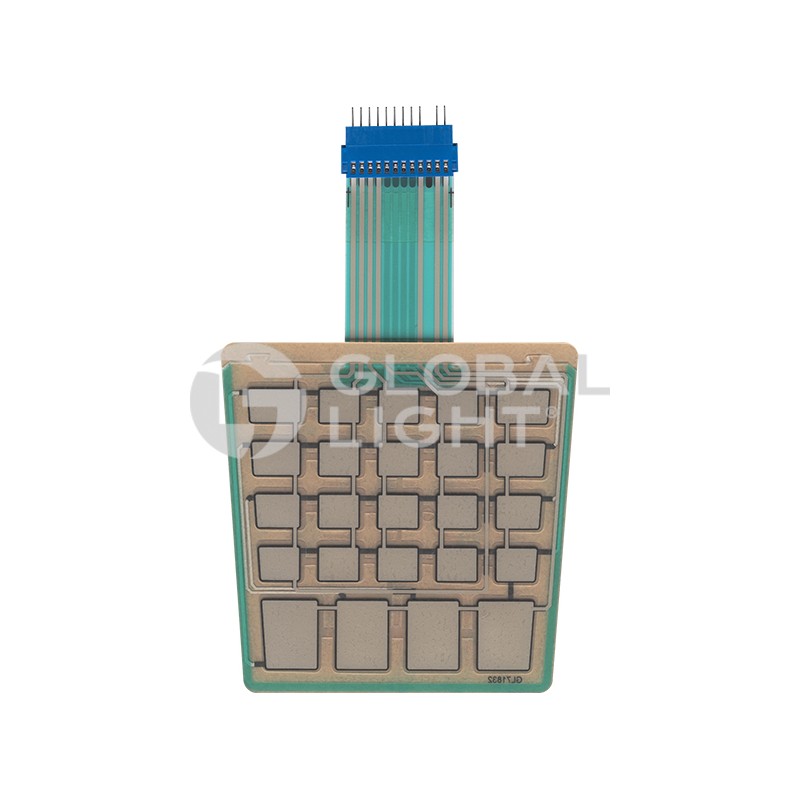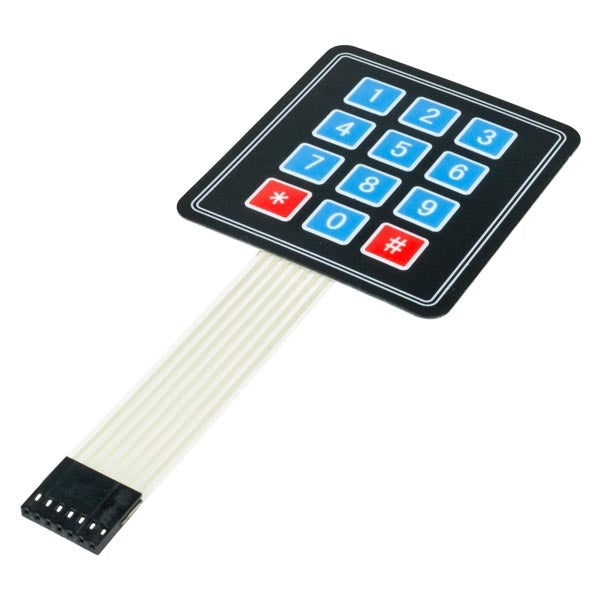Innovative Membrane Switch Solutions for Customized Control Panels
Innovative Membrane Switch Solutions for Customized Control Panels
Blog Article
Comprehending Membrane Switches Over: The Secret to Sturdy and Trustworthy Controls

What Are Membrane Layer Buttons?
Membrane layer buttons are a sophisticated service in the world of customer interface modern technology, combining functionality and layout effortlessly. These tools function as an interface between users and electronic systems, integrating several components into a small style. Typically constructed from flexible, thin layers of materials, membrane switches are designed to react to touch, enabling users to interact with machinery and digital tools properly.
The key components of a membrane layer button include a printed circuit layer, graphic overlay, and a spacer layer that prevents unintended activation. The visuals overlay can be tailored to show brand identity or user choices, boosting aesthetics while making certain use. Membrane layer switches are commonly made use of in numerous applications, including medical tools, customer electronics, and industrial tools, owing to their longevity and resistance to ecological elements such as moisture and dirt.
One of the key benefits of membrane buttons is their capability to endure wear and tear, making them excellent for high-traffic atmospheres. Additionally, they are light-weight and need minimal room, enabling innovative styles in product growth. In general, membrane switches over stand for a practical and reliable option for modern electronic user interfaces, marrying innovation with user-centric layout principles.
Just How Membrane Switches Over Work
The procedure of membrane switches hinges on a basic yet reliable mechanism that equates individual input right into digital signals. When a user presses the switch, the top layer warps, permitting a conductive component in the circuit layer to make contact with a corresponding conductive pad on the underside of the graphic overlay.
The style of membrane layer buttons can differ, yet they frequently integrate domes or responsive aspects to give responses to the customer, enhancing the overall experience - membrane switch. The materials used in membrane switches, such as polyester or polycarbonate, add to their sturdiness and resistance to ecological aspects, consisting of dampness and dirt. The published circuits are commonly enveloped, which shields them from wear and tear over time.
Advantages of Membrane Layer Switches
Additionally, membrane switches are known for their durability. Created from robust materials, they are resistant to dust, moisture, and physical wear, which considerably extends their lifespan compared to conventional mechanical switches. This sturdiness makes them especially appropriate for high-traffic atmospheres and applications needing durability.
One more significant benefit is the ease of cleansing and upkeep. The smooth surface area of membrane layer changes reduces dust accumulation and is frequently unsusceptible spills, making them perfect for settings that require constant sanitization.
In addition, membrane layer switches offer a structured account, causing a thinner visit this website style that can be integrated right into numerous gadgets without adding mass. This function not only boosts the visual charm but additionally adds to a more ergonomic item layout.
Applications of Membrane Buttons
User-friendly and functional, membrane buttons discover applications across a large range of industries, consisting of medical tools, customer electronics, and commercial equipment. In the clinical field, these buttons are essential to devices such as analysis equipment, individual monitoring systems, and mixture pumps, where reliability and simplicity of cleaning are crucial. Their capacity to endure severe environments and preserve functionality makes them excellent for such applications.

In consumer electronics, membrane layer switches are utilized in items like microwaves, cleaning devices, and push-button controls - membrane switch. Their sleek design permits instinctive user interfaces, improving the total user experience while offering longevity and resistance to tear and use
Commercial tools additionally takes advantage of membrane switches, especially in control panels for equipment and automation systems. These buttons supply protection against dust and wetness, making certain consistent performance in challenging atmospheres. Moreover, their personalized attributes allow producers to tailor them to particular functional requirements, improving performance and capability.
Picking the Right Membrane Layer Switch Over
When picking a membrane layer switch, it is necessary to think about different elements that influence performance and viability for details applications. The main factors to consider include environmental problems, responsive comments, sturdiness, and style specifications.
First, assess the operating setting; buttons subjected to moisture, chemicals, or severe temperature levels need specific products to make sure durability and functionality. Next off, examine the need for responsive comments. Depending upon customer communication, some applications may gain from a responsive reaction to validate activation, while others might prefer a non-tactile layout for aesthetic reasons.
Toughness is one more vital factor; membrane buttons must be developed to hold up against frequent usage, effects, and abrasion. Guarantee the selected button can endure the anticipated lifecycle, particularly in high-usage circumstances.

Final Thought
In final thought, membrane layer switches over serve as necessary components in the style of sturdy and dependable control systems across different sectors. The versatility of membrane changes permits for customized solutions that satisfy certain functional needs, reinforcing their importance in contemporary innovation.
Membrane layer switches represent a vital element of modern-day user interface layout, mixing functionality with resilience in various applications.Membrane switches are an advanced option in the world of individual interface modern technology, incorporating capability and layout seamlessly. Generally constructed from versatile, thin layers of materials, membrane switches are designed to react Read More Here to touch, making it possible for customers to connect with equipment and digital tools successfully.
The style of membrane buttons can differ, however they frequently integrate domes or tactile components to provide responses to the customer, improving the general experience.In final thought, membrane switches offer as crucial parts in the style of resilient and reputable control systems throughout numerous markets.
Report this page